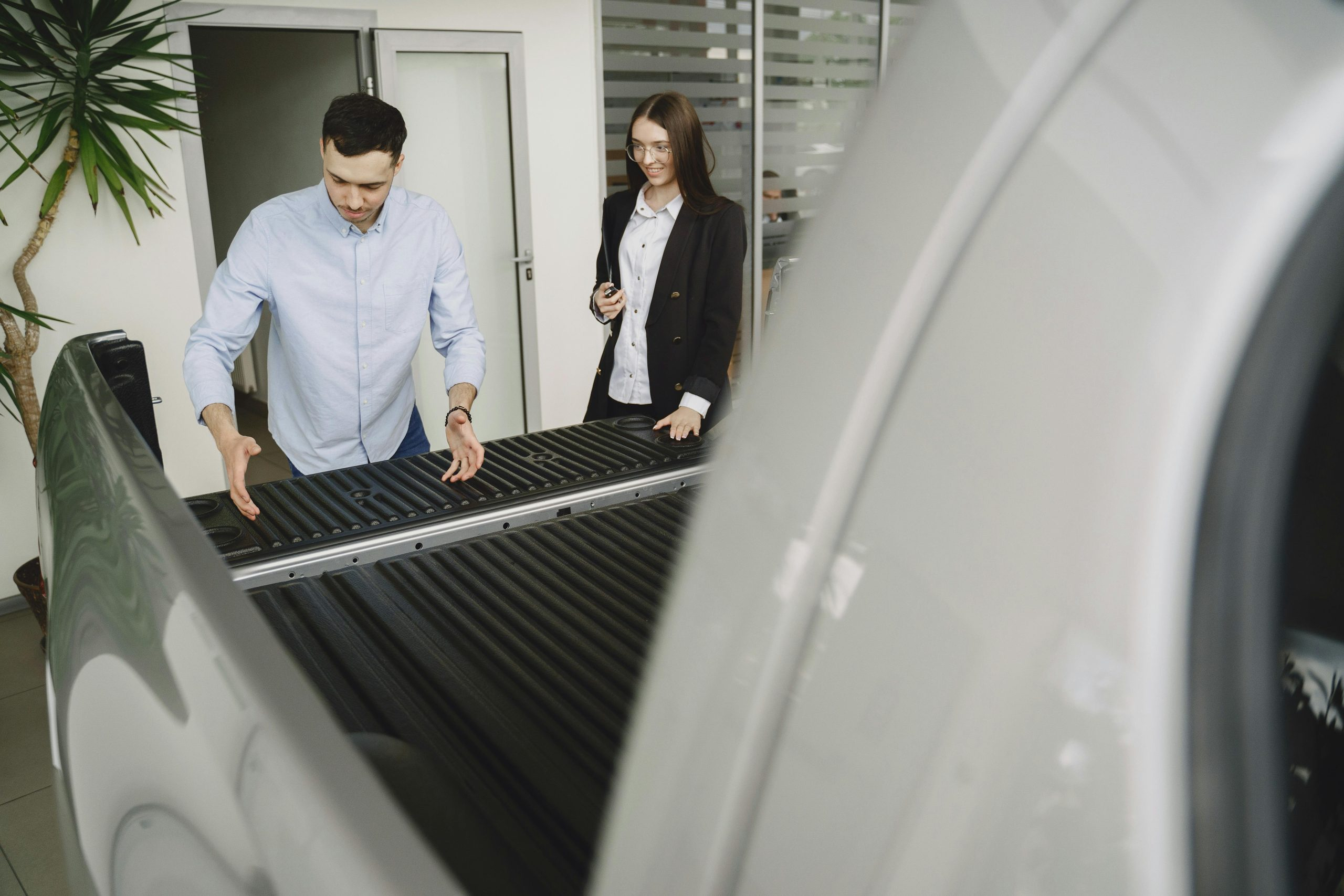The Changing Automotive Retail Experience: Virtual Showrooms and Beyond
The automotive retail experience has been constantly evolving over the years, with new technology and consumer preferences driving major changes in the industry. From traditional brick and mortar dealerships to online car buying platforms, the way consumers shop for cars has drastically changed. The latest innovation to shake up the automotive retail experience is the emergence of virtual showrooms. In this article, we will explore the changing landscape of automotive retail and the impact of virtual showrooms on the industry.
The Growth of Online Car Buying
In recent years, we have seen a significant shift towards online car buying. With the rise of e-commerce, consumers have become more comfortable with making big purchases online, and the automotive industry is no exception. Online car buying platforms, such as Carvana and Vroom, have gained popularity for their convenience and transparency. These platforms allow consumers to browse and purchase vehicles entirely online, without ever stepping into a physical dealership.
One of the main driving forces of online car buying is the desire for a more streamlined and hassle-free experience. Traditional dealerships can often be overwhelming and time-consuming, with high-pressure sales tactics and a long negotiation process. By contrast, online car buying offers a more straightforward and transparent way to purchase a vehicle, appealing to a new generation of tech-savvy consumers.
The Rise of Virtual Showrooms
Virtual showrooms take online car buying to the next level by offering consumers an immersive and interactive experience. These virtual showrooms allow customers to browse vehicles, take virtual test drives, and even customize their desired options. By using virtual reality (VR) technology, customers can get a realistic view of the car and its features, without ever leaving the comfort of their own home.
The appeal of virtual showrooms goes beyond convenience and time-saving. With the COVID-19 pandemic heightening health and safety concerns, virtual showrooms provide a safe and contactless way to shop for a car. This has become particularly relevant as many states have implemented social distancing measures and limited in-person interactions.
The Impact on Dealerships
The rise of virtual showrooms presents both opportunities and challenges for traditional brick and mortar dealerships. On one hand, traditional dealerships may struggle to keep up with the convenience and technology offered by virtual showrooms. This could result in a loss of customers and ultimately impact their bottom line.
On the other hand, virtual showrooms offer dealerships the chance to expand their reach and cater to a wider audience. With VR technology, customers from anywhere in the world can view and interact with vehicles at the dealership. This could potentially attract new customers and increase sales for the dealership.
The Future of Automotive Retail
It is clear that virtual showrooms are here to stay and will continue to shape the future of automotive retail. As technology continues to advance, we can expect to see even more innovative solutions that will further change the way we buy cars. From augmented reality test drives to online financing and delivery services, the possibilities are endless.
However, despite the rise of virtual showrooms, it is unlikely that traditional dealerships will disappear entirely. There will always be a segment of consumers who prefer the in-person experience and value the expertise and service provided by a physical dealership.
Conclusion
In conclusion, the automotive retail experience is undergoing a significant transformation with the growth of online car buying and the emergence of virtual showrooms. While traditional dealerships may face challenges, there are also opportunities for growth and innovation in this changing landscape. The key to success for dealerships will be to adapt and embrace new technologies to meet the evolving needs and preferences of consumers.









